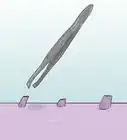wikiHow is a “wiki,” similar to Wikipedia, which means that many of our articles are co-written by multiple authors. To create this article, 13 people, some anonymous, worked to edit and improve it over time.
This article has been viewed 250,650 times.
Learn more...
Shaving is the most efficient, cost effective, and convenient way to remove chest hair. If you have never shaved your chest before, you will need an electric trimmer or scissors as well as a razor. If you're not sure about taking the full shaving plunge yet, you can simply start with a longer trimmer setting and work your way down to the grooming level you prefer.
Steps
Prepping Your Chest for Shaving
-
1Trim your chest hair outside of the shower. You wouldn’t take a cartridge razor to your beard before trimming it down, and the same can be said for shaving any body hair. Start with a trimmer on the shortest setting to give you better visibility and necessitate fewer strokes when you go for the razor.[1]
- Make sure you trim with completely dry skin and hair. Wet hair will stick to your chest making it harder to trim, and it can also stick to the trimmer.
- Depending on your level of chest hair, this can cause quite a mess. Putting down a towel or trimming in a dry bathtub basin can help keep the process tidy.
-
2Take a warm shower. With the hair down to an appropriate shave length, get in a warm shower. The heat will soften the chest hair and open the pores and hair follicles, making the hair easier to shave.[2]
- You want the shower to be warm and steamy but not scalding. You definitely do not want to irritate your skin before you even start shaving.
Advertisement -
3Apply a moisturizing shaving gel, lotion, or foam. A shaving product will help lubricate the skin for the razor blade to pass more easily, and it will also cut down on shaving irritation.
- You may prefer a clear product that goes on smooth as opposed to a rich-lathering shaving cream that can cover chest contours and make it more difficult to see what you’re doing.
Shaving Your Chest
-
1Use a fresh razor blade. Especially if this is the first time shaving your chest, you want to use a fresh razor blade that will require fewer passes, which translates into less shaving irritation.
-
2Hold the skin taut. You’re more likely to cause cuts and nicks on fleshy areas, so use your free hand to stretch the skin, giving yourself a flatter surface to shave.[3]
-
3Shave using short, gentle strokes. You only want to apply a soft amount of pressure against the razor blade and use short strokes. A man’s chest hair grows in different directions, so you won’t really have the same with-the-grain or against-the-grain concerns that you would with shaving your face. No matter which direction you shave it will be with the grain of some hairs and against for others, so use the direction most comfortable to you.
-
4Rinse the blade often. Hair will bind up the blade to make it less effective and require more strokes. To avoid this, rinse the blade under the running water after each pass.
-
5Avoid sensitive areas such as nipples. Nipples are much softer and fleshier parts of the skin, and you should avoid trying to shave over them because you are much more likely to cause cuts and nicks.
- To help avoid nipples, you can use the fingers of your free hand to cover a nipple while holding the skin taut as you cover that area of your chest.[4]
-
6Reapply shaving gel or foam as needed. You should try not to pass over each area more than twice to help reduce irritation. For the best results, reapply shaving product before returning to any areas that need a second pass.
Providing Aftercare
-
1Lower the water temperature. The same way men splash their face with cool water to close pores after a typical morning shave, lowering the water temperature just before getting out will feel soothing, and it will close chest pores.
-
2Pat dry with a clean towel. Don’t rub the area dry since that can lead to additional irritation. Instead use a fresh towel to pat the area dry.
-
3Use lotion or moisturizer on your chest. Before dressing apply a lotion or moisturizer for your skin type and allow it to dry. Chafing from shirts can lead to more irritation or even ingrown hairs, but a moisturizer will help reduce this risk.
-
4Repeat as necessary. Adding the process to your shower regimen once or twice a week will keep the area smooth and stubble free. It will also negate the need to use a trimmer beforehand since you'll be maintaining the hair at such a short length.
Community Q&A
-
QuestionIf I shave my chest, does the hair return thicker?
 Community AnswerNo - when the hair grows back it is shorter and stubbly at first, which causes it to look thicker.
Community AnswerNo - when the hair grows back it is shorter and stubbly at first, which causes it to look thicker. -
QuestionI want to know how low do I go? If I shave my chest, I have to shave my hairy stomach, too, right?
 Community AnswerIt would look weird to have a hairy stomach but no hair on your chest - so yes, you should shave the hair on your stomach as well.
Community AnswerIt would look weird to have a hairy stomach but no hair on your chest - so yes, you should shave the hair on your stomach as well. -
QuestionIf I want to just trim my chest hair, what is a good length?
 Community AnswerIf they are really long, trim them to 2 to 3 cm.
Community AnswerIf they are really long, trim them to 2 to 3 cm.
Warnings
- Use of a straight razor is discouraged for obvious reasons.⧼thumbs_response⧽
References
About This Article
Before shaving your chest hair, cut it short with a trimmer and take a warm shower to open your skin pores and soften the hair. Once your skin feels warm, apply a shaving gel or foam to your chest. Next, use a fresh razor blade to shave in short, gentle strokes. While shaving, hold your skin taught with your free hand to reduce the risk of cuts. You'll also want to rinse the blade often to remove clogged hair. Before you get out of the shower, drop the water temperature to help close your pores and soothe your skin. For tips on how to care for your chest after shaving, including how to apply lotion and moisturizer, read on!
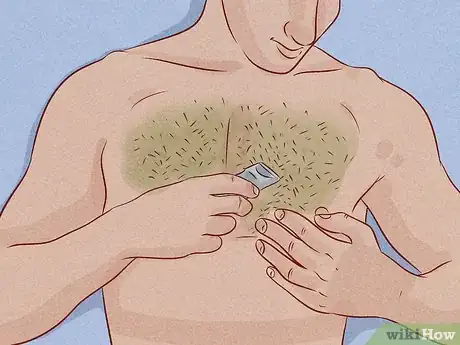
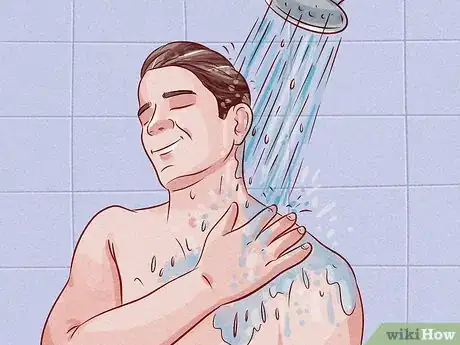
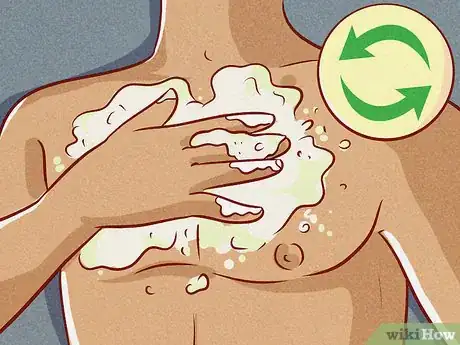
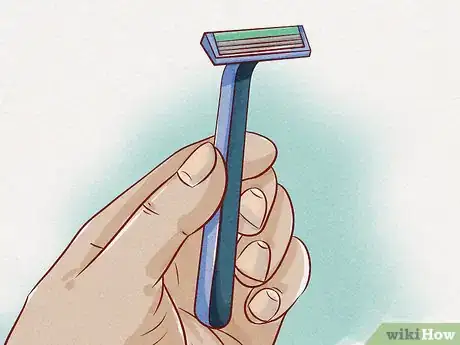
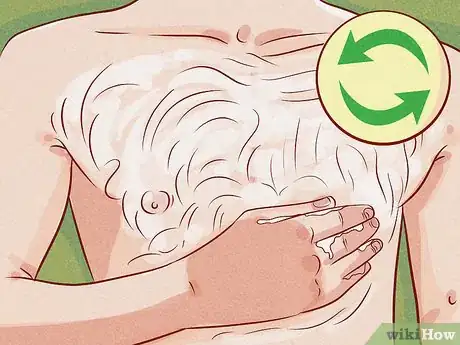
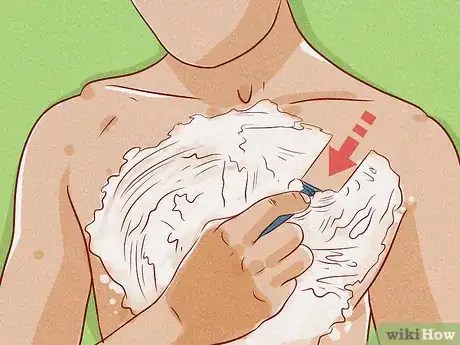


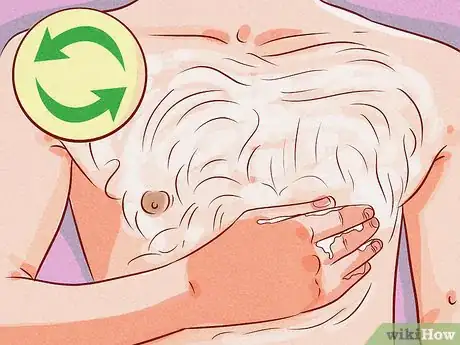
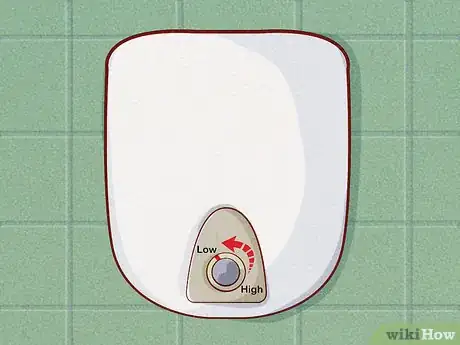
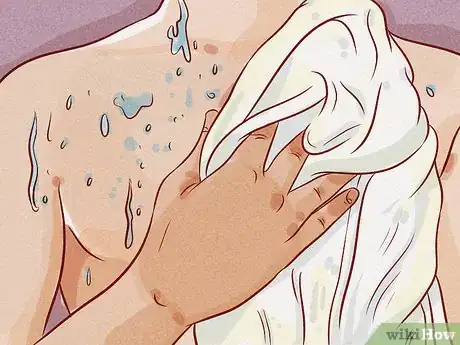
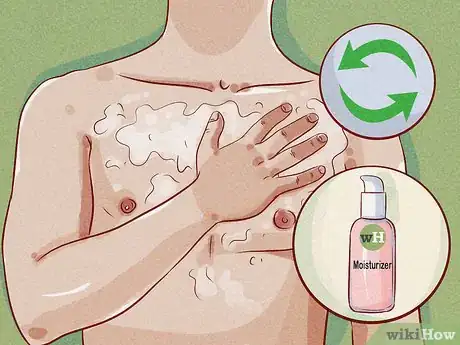

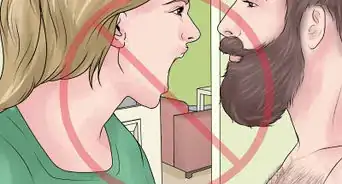
-Step-14.webp)
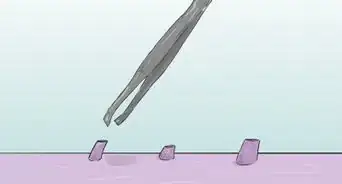
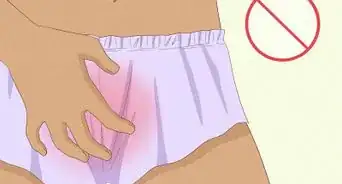
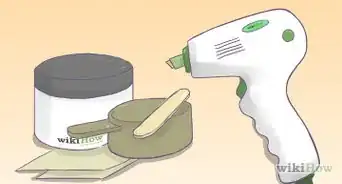
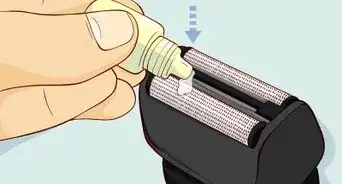
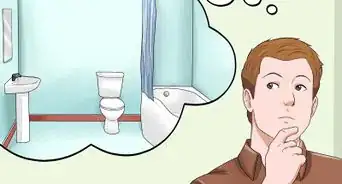
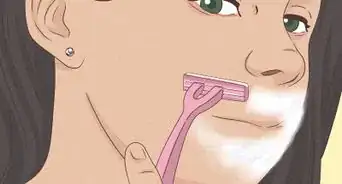
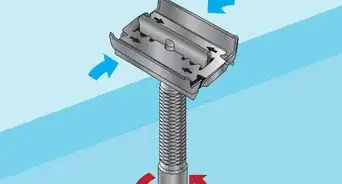
-Step-10-Version-2.webp)

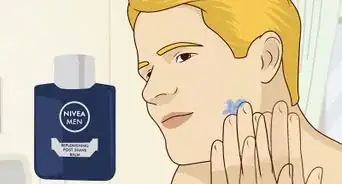
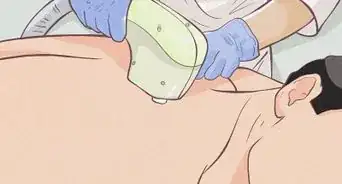







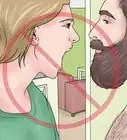
-Step-14.webp)
